*Update: While this is still a fine method for making stock, I've discovered a new method that I prefer: the slow cooker. It's much easier and practically foolproof. If you have a slow cooker, click here for more info on that version
One of the biggest complaints about eating healthy, whole foods is the cost. And while fresh produce and organic meats can be expensive, you can make your money stretch a little farther by making stock from food scraps. Now, that might not sound too appealing, but, calm down, I'm not talking about boiling down the leftovers on your plate. I'm talking about using those odds and ends that we pay for but throw in the trash or compost every day such as carrot and celery ends, mushroom stems, the woody pieces of asparagus, fennel fronds, onions peels, and the leftover carcass from a whole chicken. These little bits are full of flavor and nutrition and can be used to make a great vegetable or chicken stock that can be frozen and then thawed to use in recipes or in place of water to cook brown rice, couscous, and quinoa. It's as simple as keeping a bag in the freezer to store all of those little veggie pieces and, when it's full, simmering the contents in a big pot of water. The recipe below is a good jumping off point, but feel free to make adjustments depending on what you have on hand or what's in your bag of frozen veggies. This is not an exact science so use what you like and have fun with it! Not only will you be getting the most out of the dollars you do spend, you won't have to waste money on all of those boxed stocks at the store (which are often times loaded with sodium) and you can control the quality of the ingredients. One guideline is not to use cruciferous vegetables (broccoli, cauliflower, cabbage, brussels sprouts, etc.) as they can make things a bit stinky and dominate the flavor of the stock.
using those odds and ends that we pay for but throw in the trash or compost every day such as carrot and celery ends, mushroom stems, the woody pieces of asparagus, fennel fronds, onions peels, and the leftover carcass from a whole chicken. These little bits are full of flavor and nutrition and can be used to make a great vegetable or chicken stock that can be frozen and then thawed to use in recipes or in place of water to cook brown rice, couscous, and quinoa. It's as simple as keeping a bag in the freezer to store all of those little veggie pieces and, when it's full, simmering the contents in a big pot of water. The recipe below is a good jumping off point, but feel free to make adjustments depending on what you have on hand or what's in your bag of frozen veggies. This is not an exact science so use what you like and have fun with it! Not only will you be getting the most out of the dollars you do spend, you won't have to waste money on all of those boxed stocks at the store (which are often times loaded with sodium) and you can control the quality of the ingredients. One guideline is not to use cruciferous vegetables (broccoli, cauliflower, cabbage, brussels sprouts, etc.) as they can make things a bit stinky and dominate the flavor of the stock.
Basic Vegetable Stock (*see Chicken Stock variation below)
adapted from The Master Your Metabolism Cookbook
Ingredients
1 large onion, quartered (keep the peel to add color)
1 garlic clove, peeled and chopped (feel free to use more if you're a garlic fan!)
2 large carrots, cut into 2-inch pieces
2 celery stalks, cut into 2-inch pieces
8 ounces muchrooms, chopped
Handful of parseley sprigs
4-6 fresh thyme sprigs
1 bay leaf, fresh or dried
Directions
1. Place all ingredients in a large stock pot (I use a fryer insert for my veggies to make removal easier). Add water to cover vegetables, partially cover with lid, and bring to a boil. Reduce heat and simmer gently for 1 hour. Skim off any foam that may rise to the surface, periodically.
2. Strain vegetables from stock, cool, and store in the fridge for up to 3 days or freeze for up to 6 months.
* To make Chicken Stock, simply add the carcass of a whole chicken to the pot and increase simmer time to 4 or more hours.
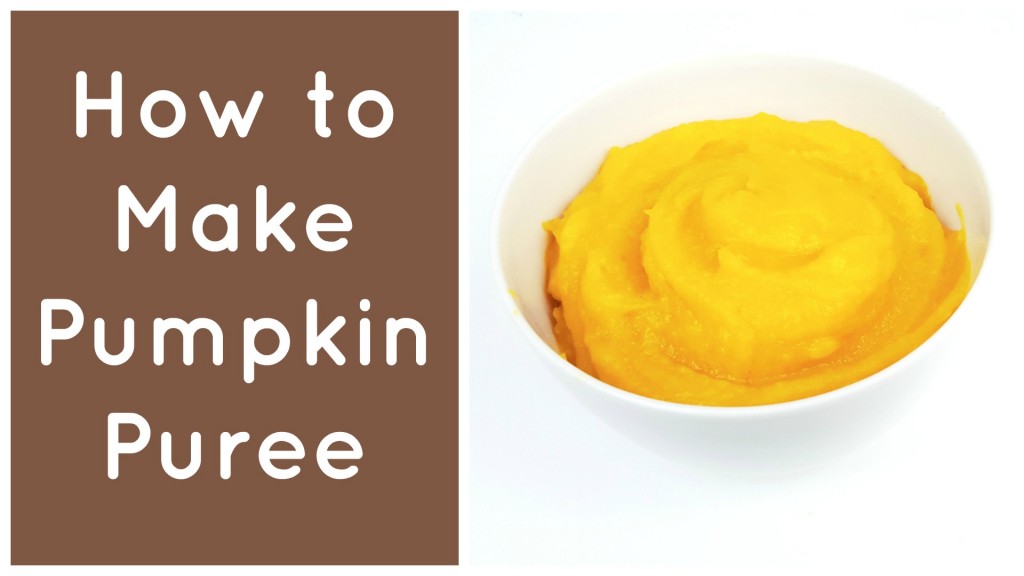 Fall means pumpkin everything! If you're a pumpkin fan, why not make your own pumpkin puree at home? It's simple, easy, and you can use it the same way as you would the stuff from the can.
Fall means pumpkin everything! If you're a pumpkin fan, why not make your own pumpkin puree at home? It's simple, easy, and you can use it the same way as you would the stuff from the can.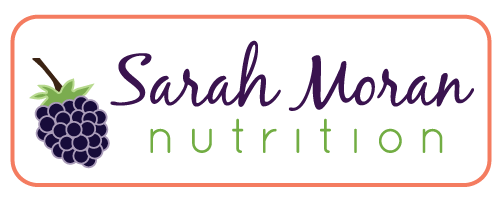
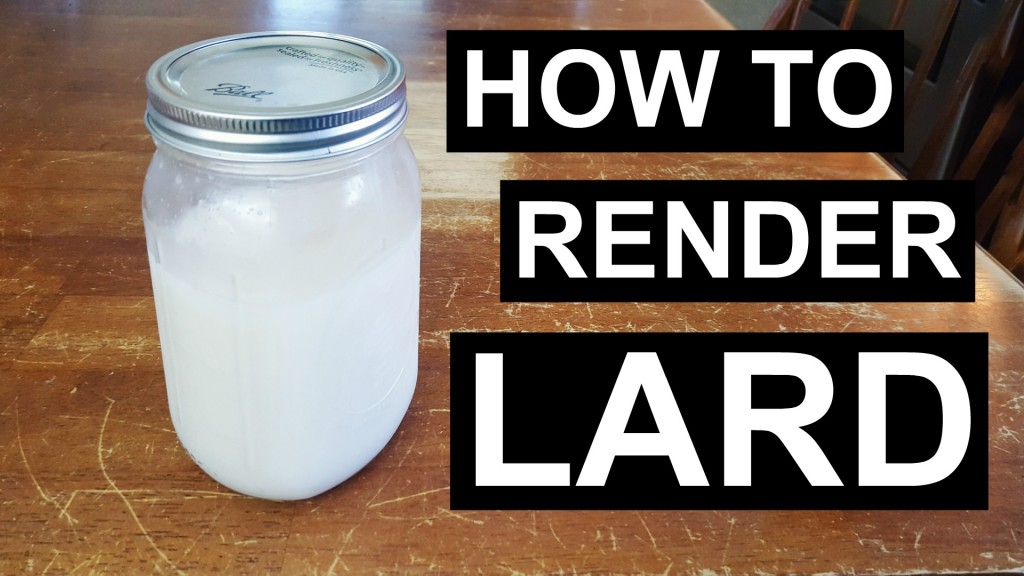
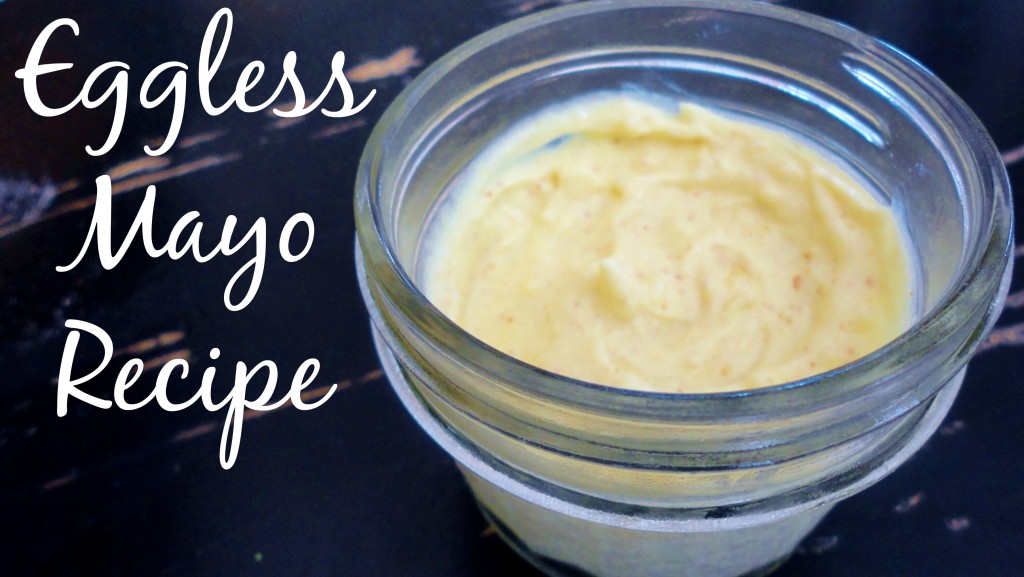
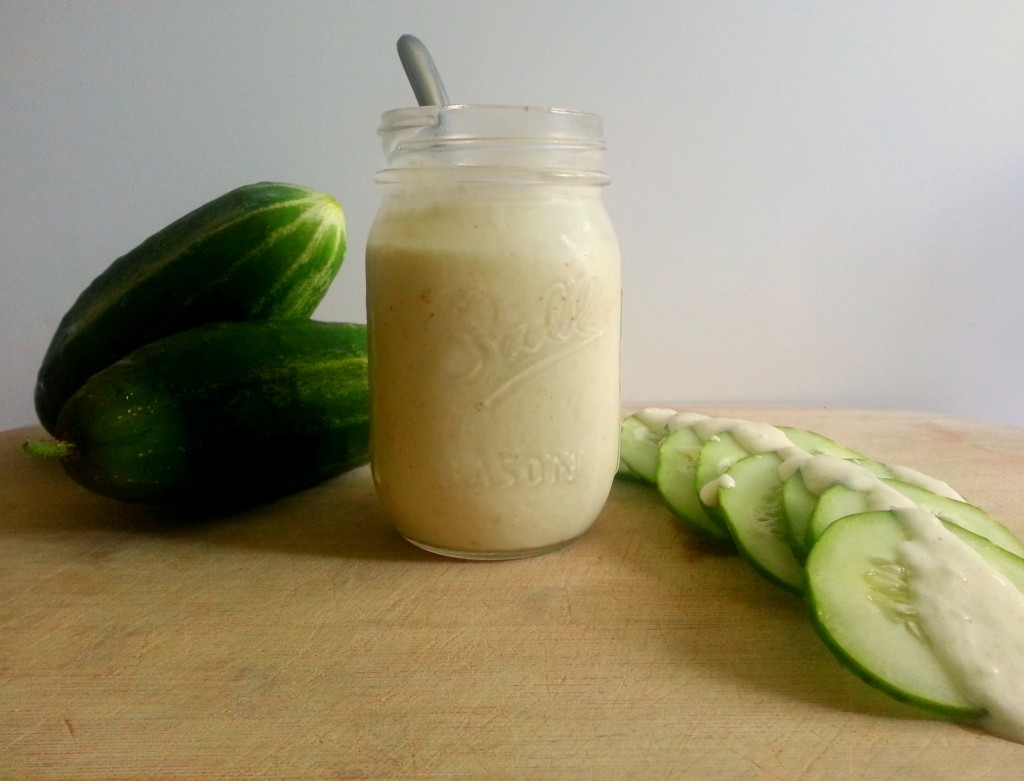
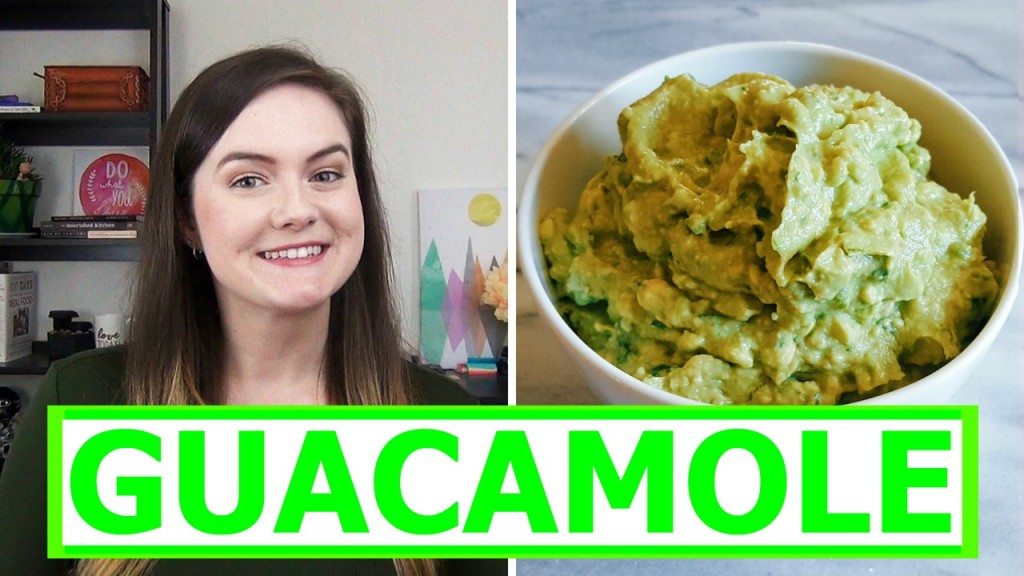













 using those odds and ends that we pay for but throw in the trash or compost every day such as carrot and celery ends, mushroom stems, the woody pieces of asparagus, fennel fronds, onions peels, and the leftover carcass from a whole chicken. These little bits are full of flavor and nutrition and can be used to make a great vegetable or chicken stock that can be frozen and then thawed to use in recipes or in place of water to cook brown rice, couscous, and quinoa. It's as simple as keeping a bag in the freezer to store all of those little veggie pieces and, when it's full, simmering the contents in a big pot of water. The recipe below is a good jumping off point, but feel free to make adjustments depending on what you have on hand or what's in your bag of frozen veggies. This is not an exact science so use what you like and have fun with it! Not only will you be getting the most out of the dollars you do spend, you won't have to waste money on all of those boxed stocks at the store (which are often times loaded with sodium) and you can control the quality of the ingredients. One guideline is not to use cruciferous vegetables (broccoli, cauliflower, cabbage, brussels sprouts, etc.) as they can make things a bit stinky and dominate the flavor of the stock.
using those odds and ends that we pay for but throw in the trash or compost every day such as carrot and celery ends, mushroom stems, the woody pieces of asparagus, fennel fronds, onions peels, and the leftover carcass from a whole chicken. These little bits are full of flavor and nutrition and can be used to make a great vegetable or chicken stock that can be frozen and then thawed to use in recipes or in place of water to cook brown rice, couscous, and quinoa. It's as simple as keeping a bag in the freezer to store all of those little veggie pieces and, when it's full, simmering the contents in a big pot of water. The recipe below is a good jumping off point, but feel free to make adjustments depending on what you have on hand or what's in your bag of frozen veggies. This is not an exact science so use what you like and have fun with it! Not only will you be getting the most out of the dollars you do spend, you won't have to waste money on all of those boxed stocks at the store (which are often times loaded with sodium) and you can control the quality of the ingredients. One guideline is not to use cruciferous vegetables (broccoli, cauliflower, cabbage, brussels sprouts, etc.) as they can make things a bit stinky and dominate the flavor of the stock.